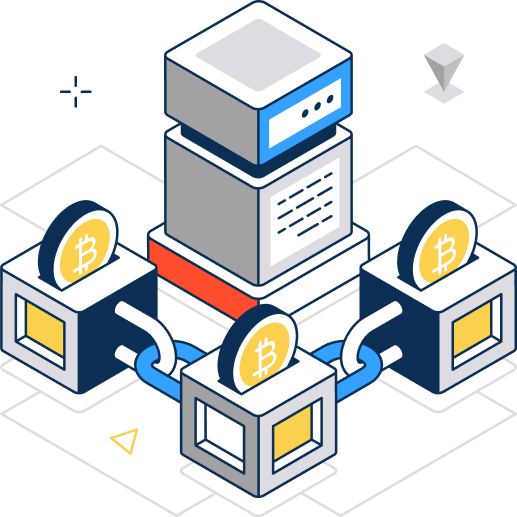

The evolution of the casino game development process has been drastic from the humble beginnings of slot machines to the current, immersive, multi-platform gaming-experience that boasts of advanced technologies. In fact, besides developing the usual casino games, the designers are also looking into the possible Web3 integration, blockchain, and decentralized models that are not only innovative but also provide transparency and fairness to the industry. Such a change is altering the way players interact with online casinos and is, therefore, the most significant factor in securing, trusting, and engaging players.
Due to the increasing demand for next gen experiences, casino game developers are at present concentrating their efforts on designing ecosystems that offer customers a smooth interface, entertaining gameplay, and secure transactions. The procedure of designing poker, roulette, or slot-based platforms is not as simple as it might seem. It requires thorough planning, making the right choices with regard to modern casino software tech stacks and, what is more, the adoption of blockchain gaming frameworks for achieving verifiable randomness and decentralization of assets.
The journey of software development starts with the identification of what the product will be and the brainstorming of various ideas around it. The developers, basically, do the conceptualization by delineating the user, the type of game (slots, roulette, poker, blackjack), and the general processes. Market research is extremely important in getting hold of the trends as crypto-based gaming, NFT rewards, or metaverse casinos. Besides that, at this stage, gambling law observance is also taken into account in order to ascertain that the game complies with the standards all over the world.
Once the concept has been validated, designers work on storyboards, user flows, and gameplay mechanics. In addition, making a decision on reward systems, in-game assets, and the user experience is also part of the work. Sight and sound become the medium of communication for the players with the help of animations, graphics, and sound design which are the visual elements. The design phase is also about the inclusion of game features and ensuring that the game keeps the players engaged as well as providing them with easy access to the game.
The backbone of any successful game development is a well-thought-out casino software tech stack. Typically, the developers mix the following technologies:
Frontend Technologies – HTML5, React, or Unity are the most common technologies used as they offer great graphics and are compatible with different platforms.
Backend Technologies – Node.js, Java, or Python are the most popular choices to manage very high numbers of transactions and real-time gameplay.
Databases – MySQL, PostgreSQL, or MongoDB are the common open-source databases for data security management.
Payment Gateways – The mixing of fiat and cryptocurrency payment methods to make the process smooth and easy for the user is the main emphasis of this.
During this stage, coding the logic, running RNGs, integrating the payment system, and, if feasible, adding multiplayer features are the main tasks. Just a few years ago, the rise of Web3 has changed the way many developers start their projects by incorporating smart contracts into the system to ensure fairness and transparency. Besides all the other things, the process of casino game development also concentrates on security measures to avoid any illegal activity in the form of fraud or hacking or data leaks.
Once the game has been substantially tested before being released, the game is tested for bugs, and other issues, and also for security. The testers try to overload the game to see how it behaves, they try to break the security, and of course, they check for the balance of the game. Moreover, the blockchain-based games go through smart contract audits to make sure that the different layers in their blockchain gaming framework do not create any risk.
The casino industry is one of the many sectors where Web3 is having a large impact. By employing a blockchain gaming framework, developers facilitate the provisions of such features as:
At this point, the game transforms into a transparent, decentralized, and futuristic casino. Players see Web3 as a trust layer as innovative earning models come along.
Once testing and integration have been completed, the game is made available on servers, app stores, or decentralized platforms. Besides these, other promotional activities like influencer campaigns, SEO, and affiliate programs are put into action to attract potential users. These changes besides the ongoing updates are to keep the users actively interested.
Post-launch, the process is still in place. Developers are always updating, fixing bugs, and releasing new features to provide the best possible experience. Fan feedback is essential to promoting the game with extra features such as tournaments, leaderboards, or even metaverse ecosystem integration.
Chainbull is the place where we create innovative, resourceful, and safe casino games of excellent quality and with seamless Web3 integration. Our skilled developers combine blockchain gaming protocols with casino software tech stacks to offer entertaining, verifiably fair, and future-ready casino solutions. As the top casino game development company, we work closely with our clients to design games that outshine their rivals in the gaming industry.
The casino game development process is still just as complex as before but now with more involvement from developers’ artistic abilities, advanced tech stacks, and Web3 integration. Developers are able to provide players with fully transparent, secure, and highly engaging casino games by employing blockchain frameworks.
The demand for provably fair games and crypto-enabled casinos skyrockets leaving businesses with no other option than to implement scalable solutions. The cooperation with the best casino game development company like Chainbull will make the journey of building next-gen casino platforms that blend entertainment, trust, and future-ready innovation a smooth and successful one.
